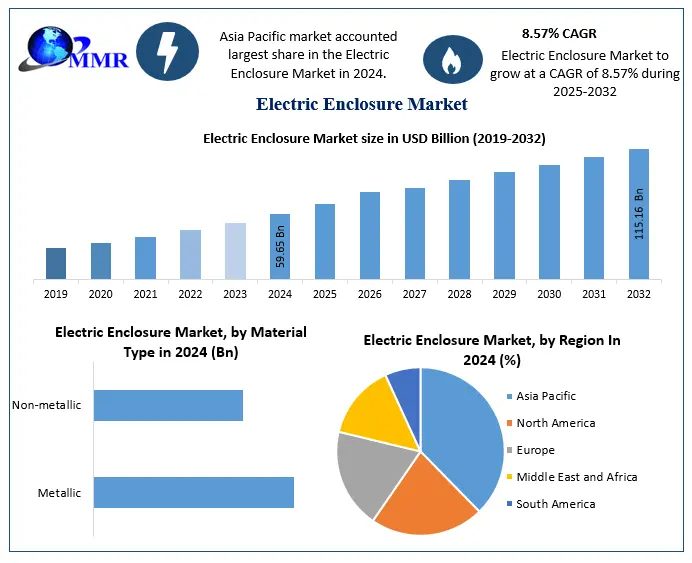Podcasting has become one of the most powerful media consumption tools as we travel farther into the digital age. Podcasting is here to stay, with an expected 464 million listeners globally in 2024. Consequently, companies and marketers have turned to podcast marketing as a necessary part of their plans more and more. The terrain of podcast marketing will change as we get toward 2025 under the influence of consumer tastes, technological developments, and new trends.
Examining what you should expect from podcast marketing services in 2025, this post breaks it down into important areas, including personalization, technology integration, content formats, audience involvement, and measurement criteria. Let’s explore the direction podcast marketing is headed and learn how companies might keep ahead of the curve.
1. Advanced Personalization
Personalization in marketing is nothing new, but in podcasting, it is still an area that’s ripe for growth. As we look toward 2025, expect podcast marketing to become increasingly data-driven, allowing for highly personalized experiences. Using AI and machine learning, platforms will enable marketers to target audiences with content that is tailored not just to their interests but to their listening habits, preferences, and even moods.
This level of personalization will allow advertisers to deliver hyper-targeted ads, making podcast ads even more effective. Instead of broad demographic targeting, podcasts will have the ability to serve ads based on a listener’s specific behavior. Imagine listening to a podcast about entrepreneurship, only to hear an ad for a business-related product or service that aligns directly with your industry or stage of development. In 2025, listeners will hear advertisements that feel relevant and personalized, increasing engagement rates and driving conversions.
Additionally, personalization will extend to the content itself. Podcasts will evolve into highly niche shows that cater to the specific needs of small communities, making it easier for brands to partner with podcasts that resonate with their target audiences.
2. AI-Driven Content Creation
As artificial intelligence continues to make strides, we can expect AI-driven content creation to become more prominent in podcasting by 2025. AI will not only help automate the production process but also assist in creating more engaging and high-quality content. For example, AI tools can transcribe podcasts, edit them, and even suggest content ideas based on what’s trending or performing well. This will save time for podcast creators and allow them to focus on producing high-value content.
AI-powered podcasting tools can also help brands identify emerging topics within specific industries and tailor their marketing efforts accordingly. With content becoming more tailored to specific listener preferences, AI will become a key player in ensuring that the right messages are delivered to the right audience.
Furthermore, AI might also lead to the creation of “synthetic hosts” — AI-generated voices that can host podcasts and even engage in meaningful conversations with guests. This could dramatically reduce the costs of production and provide even more opportunities for brands to enter the podcasting space.
3. Increased Integration with Interactive Technology
In 2025, expect podcast marketing to become more interactive. As technology advances, more podcasts will incorporate interactive elements that allow listeners to participate in real-time. Whether it’s answering questions during live podcasts or voting on topics for future episodes, these interactive features will increase listener engagement and create a sense of community around specific podcasts.
The growth of virtual and augmented reality (VR/AR) could also introduce immersive podcasting experiences, where listeners might engage with podcast content more dynamically and experientially. Brands can use AR/VR to create virtual events, interactive product demos, or even live podcasts that listeners can attend virtually, further blending the worlds of entertainment, education, and commerce.
Furthermore, the integration of voice assistants like Amazon Alexa or Google Assistant into podcasts will provide opportunities for real-time engagement. Listeners may be able to ask questions about podcast topics directly through their voice assistant or receive custom-tailored content based on their listening history.
4. Native Advertising and Dynamic Ad Insertion
Native advertising has been a rising trend in podcasting for years, but by 2025, expect this to dominate podcast marketing. Native ads are seamlessly integrated into the podcast’s content, often in the form of host-read ads, making them less intrusive and more engaging for listeners. These ads align with the tone and subject matter of the podcast, making them feel like a natural part of the content.
One of the most exciting developments in podcast marketing in 2025 will be dynamic ad insertion (DAI) technology. With DAI, ads are not fixed but can be swapped out dynamically, based on the listener’s profile, geographic location, and other data points. This means that advertisers will be able to target listeners with highly relevant ads on a more granular level. Even older episodes can be updated with new ads based on listener data, maximizing ad effectiveness and creating a more personalized experience for each individual.
Dynamic ad insertion could also lead to greater experimentation with different types of ads, such as product placements, short ads that tie directly into the podcast content, and interactive ad formats that drive engagement and action.
5. Enhanced Measurement and Analytics
While podcasting has been challenging to measure in terms of effectiveness and return on investment (ROI), advancements in analytics will make this less of an issue by 2025. Enhanced tracking tools will enable advertisers to gain more precise insights into how their campaigns are performing, providing better data on listener demographics, engagement rates, and conversions.
This deeper level of data will allow marketers to better understand the full impact of their podcast campaigns. For example, the ability to track how long listeners stay engaged with a particular ad, how often they skip it, and whether it drives purchasing behavior will give brands the tools they need to fine-tune their messaging and ad placement strategies.
Additionally, expect podcast networks and platforms to offer more detailed analytics dashboards, giving creators and brands access to real-time performance data across different platforms. This will allow for more data-driven decision-making and better optimization of podcast marketing efforts.
6. Diversification of Content Formats
As podcasting continues to evolve, the variety of content formats available will also expand. By 2025, podcasts will no longer be limited to the traditional audio-only format. Expect a rise in video podcasts, where brands can reach audiences through both visual and audio mediums. This trend will be further propelled by the fact that many platforms, such as YouTube and Instagram, have already integrated podcast functionality, allowing users to access both video and audio content in one place.
In addition, expect to see podcasts evolve into more interactive formats, where listeners can access additional content through companion apps or websites. Think of a cooking podcast that offers listeners exclusive recipe cards or a business podcast that provides templates or eBooks. This type of supplementary content adds more value to the listener experience and gives brands additional ways to engage with their audience.
7. Integration with E-Commerce and Direct Purchase Opportunities
By 2025, expect podcast marketing to be closely integrated with e-commerce. Listeners will be able to purchase products directly through links mentioned in the podcast or by using a voice command while listening. For example, a listener might hear a podcast host mention a product and then say, “Alexa, buy the XYZ product” to make an immediate purchase.
Podcast creators and advertisers will likely partner with e-commerce platforms to create seamless shopping experiences. This “buy now” capability will be a changer for both brands and listeners, as it makes it easier for listeners to act on the products and services they hear about during episodes.
Conclusion
Podcast marketing in 2025 will be an exciting and transformative space, driven by personalization, advanced technologies, and increasingly interactive content. With AI-driven tools, better analytics, and deeper integration with e-commerce, podcasts will become even more powerful in reaching and engaging audiences. For marketers, this means new opportunities to connect with consumers in more meaningful and personalized ways, driving better results and creating more authentic brand experiences.
To succeed in podcast marketing in 2025, brands will need to embrace new technologies, adapt to changing consumer behaviors, and stay ahead of emerging trends. By doing so, they can ensure that they remain relevant in the ever-evolving world of podcasting.












